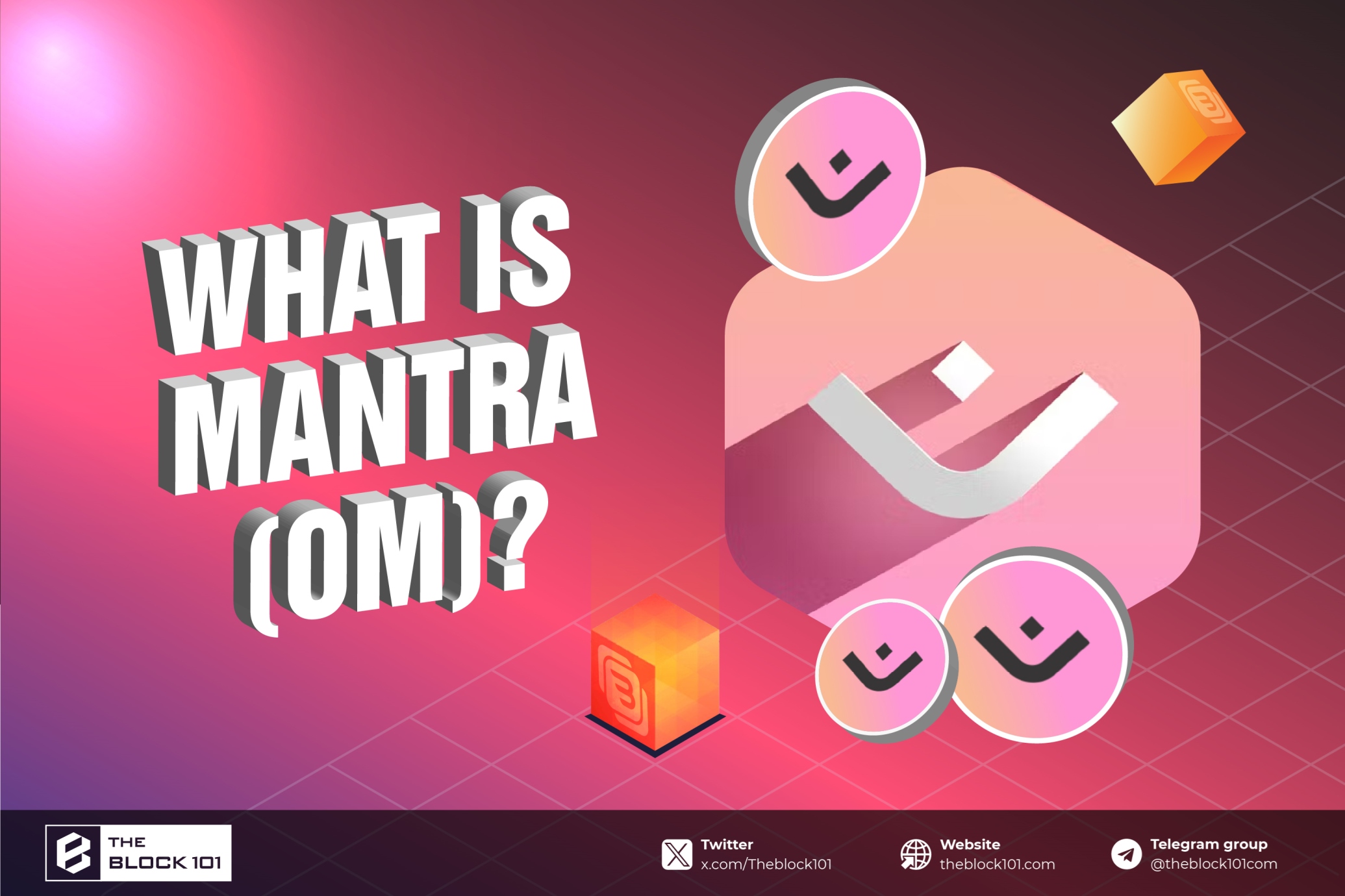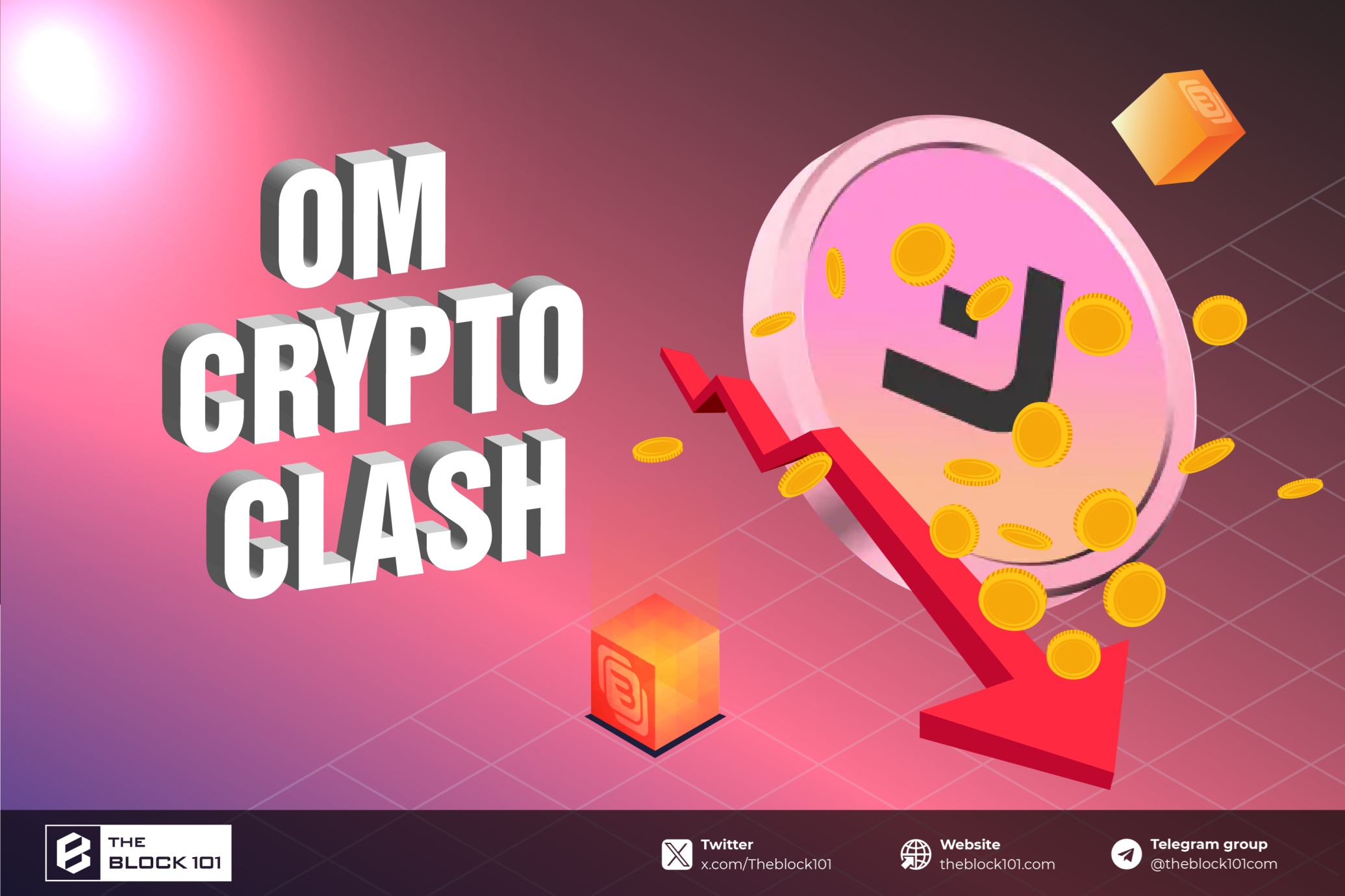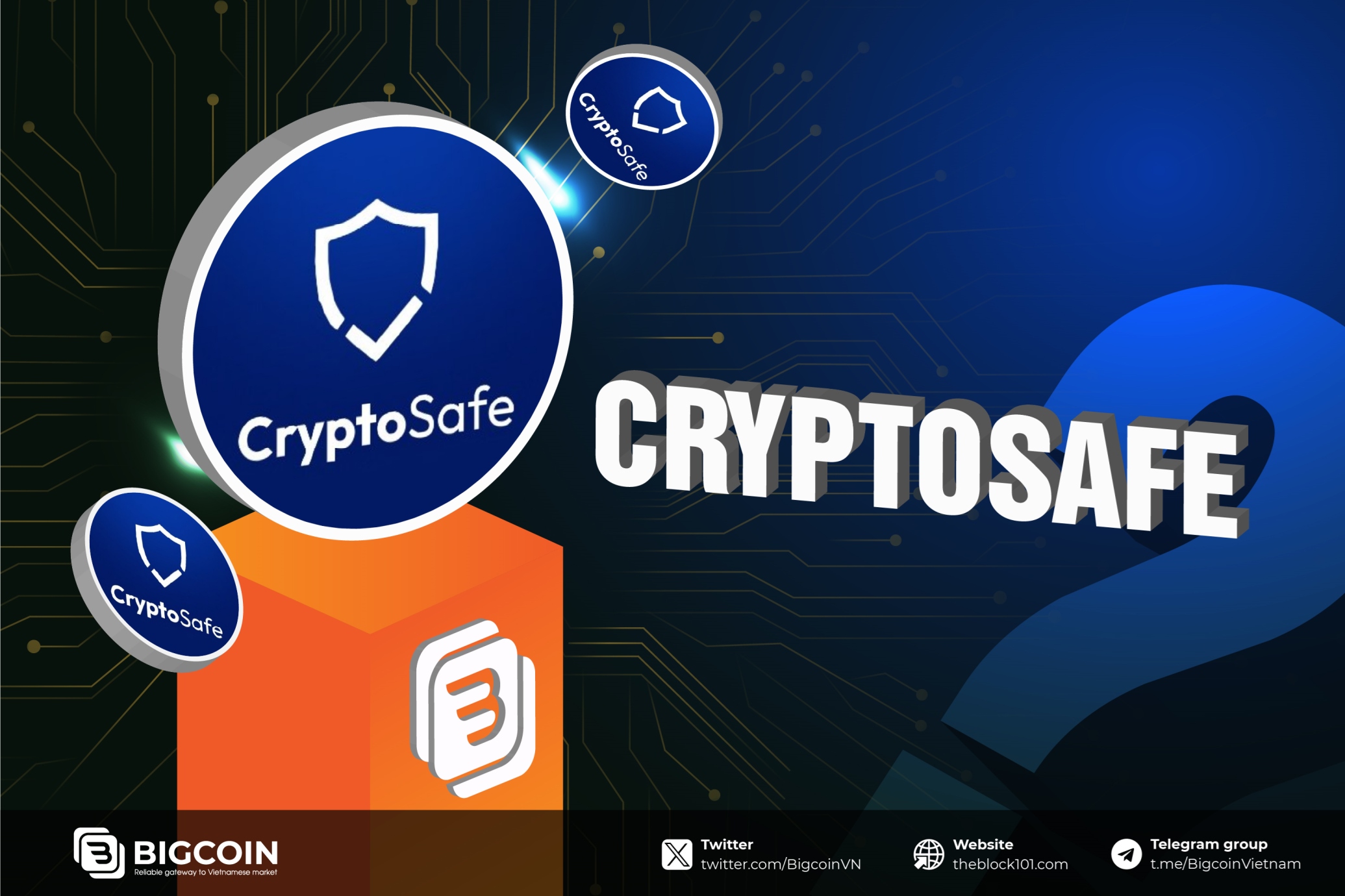1. What is GameFi?
GameFi (Game + Finance) is a new form of development of blockchain-based games, combining DeFi (decentralized finance) elements.
This is a new trend in the gaming industry, aiming to create a virtual environment for players to earn money and own digital assets through participating in in-game activities.
In GameFi , players can participate in games of skill, strategy, and adventure to earn money and digital assets.
These games use blockchain technology and Non-Fungible Tokens ( NFTs ) to create in-game items and various strategies that allow players to own and trade digital assets across platforms NFT Marketplace.
GameFi offers new monetization opportunities and experiences for players, which is different from traditional games. Players can enjoy the fun of gaming while earning income and building their own digital assets.

In a way, these games are also a regular DeFi project, because they operate under a real economic mechanism through the components I will talk about below. According to estimates by Zion Market Research, the global GameFi Market size is valued at approximately $10.2B USD by 2022 and is estimated to reach approximately $95.3B USD by 2030.
2. What are the models of GameFi
2.1. Play to Earn (P2E)
P2E (Play to Earn) is a popular model in most GameFi projects. Unlike traditional games that require players to spend money to buy games but do not bring financial profits, P2E allows players to participate for free and make money through gaming experience.
The P2E model often exists in two main forms:
- Free format: Some games do not require players to invest money to buy items and allow free play with the opportunity to receive financial rewards. However, this type of game is less popular and can be similar to participating in testnet or retro missions on the DeFi Blockchain platform.
- Investment form: Most GameFi games will require players to invest capital to buy items such as NFT (Non-Fungible Token), Mystery box... to participate in the game. These items can be sold in limited rounds such as whitelist, ICO or later on the game's Marketplace. Players will use these items during gameplay, participate in missions, compete with other players... to earn rewards such as tokens and NFTs, which can then be traded and exchanged to collect rewards. profit.
The GameFi P2E model provides the opportunity to earn and enjoy the gaming experience while creating a connection between blockchain technology and the traditional gaming market.

Play to Earn games have some problems such as
- Lack of creativity:
Play to Earn games often do not have much creativity in gameplay; Sometimes when reading carefully, it is no different from Axie Infinity (two token mechanism, gameplay, graphics,...), except for the character lines and plot. After all, GameFi's origin is still Game, so the entertainment factor should still be top priority to attract more players.
- Lacking users, it is impossible to create an in-game economy
Due to graphics problems as well as the game being boring and lacking in creativity
- Token inflation, NFTs
Players entering the game must first purchase in-game assets (NFTs), which will generate tokens with an unlimited total supply (e.g. SLP in Axie Infinity).
While players can use these tokens within the gaming ecosystem, the presence of a marketplace allows players to sell tokens and NFTs.
With a large number of tokens accumulated over time, selling pressure in the market will increase and inflation will be inevitable.
2.2. Move to Earn (M2E)
Move to Earn (M2E) is a newly developed model, based on elements of GameFi in general and P2E in particular. Simply put, Move to Earn is a form in which users can earn money by moving themselves such as jogging or walking.
Movements will be recorded using sensor technology, GPS, on the phone.
M2E develops as a remarkable solution for combining gaming and fitness, helping players to have fun playing games while exercising, staying healthy and making money. Famous projects such as STEPN, SWEAT... are typical examples of the explosion of the M2E model.
M2E is also divided into two forms similar to P2E. Players can join for free and receive token rewards like SWEAT, or must invest to buy NFT to participate like STEPN. Both of these offer token rewards and can be traded on centralized crypto exchanges.
M2E creates a unique combination of entertainment, fitness and monetization, attracting the interest of a large number of players and is growing strongly in the Crypto and GameFi communities .

2.3. The Move-to-Earn economy “blooms early and fades late”
Here I will analyze the StepN project - the leading project of this form. There are two main reasons for the demise of the Move-to-Earn model
- Subjective: StepN's economic model follows in the footsteps of Axie Infinity
- Objectively: the influence of China's policies and shaken public trust
Falling into the footsteps of Axie Infinity
StepN possesses similar economics to Axie Infinity. If in Axie Infinity, players burn AXS and SLP to create Axie, then with StepN, players mint NFT Sneaker with GMT and GST.
Both Axie Infinity and StepN depend on new players to generate profits for existing players. As demand for NFT Sneakers decreases, their value on the market will also decrease, meaning fewer new NFT sneakers are created. This could lead to reduced demand for GST and GMT tokens and cause their prices to drop.
Meanwhile, existing players still have the opportunity to earn additional GST and GMT, and can then sell them on the market. However, the large volume of these tokens being sold could put downward pressure on the token price, thus leading to a decline in price.

The M2E model gradually loses new capital flows
StepN saw a sharp and steady decline in new users. Since May 2022, StepN's number of users has continuously decreased.


Stop supporting Move-to-Earn for Chinese users
Stop Move-to-Earn Support for Chinese Users In addition to issues related to the business model, StepN also faces unforeseen impacts. One of the significant impacts is the decision to block Chinese users in May 2022.
When the announcement about blocking Chinese users' access was made, players in this region quickly withdrew all remaining assets from their StepN accounts.
It seems that the "leaving the game" of a country with a population of billions has caused an unpredictable upheaval for StepN.
3. What are the main components of GameFi projects
Projects in the GameFi field are diverse, however, they all revolve around the following core components:
3.1. NFT (Non-Fungible Tokens)
NFTs are important elements in GameFi , representing in-game characters, items or assets. NFTs can be main or supporting characters in the game.
For example, in the game Cyball, the players will be created as NFTs; In the game Mines of Dalarnia, the player takes on the role of a miner, and the NFTs represent parrots or monkeys.
Typically, NFTs will be available for sale during a capital call, just like a token sale, but do not require any special conditions (like Staking or owning a required amount of tokens), allowing anyone who wants to participate. Anyone who purchases NFTs can participate.
3.2. Tokens
Most GameFi projects use the following two types of tokens:
- Administration token: This is the main token of the game, usually in limited quantity. Similar to traditional projects, this governance token plays the role of managing and operating in-game activities, serving the project's goals and mechanisms.
- Bonus token: This is a token used to reward users for participating in in-game activities, and is also used to shop and use in-game functions. Usually, the number of bonus tokens is unlimited, allowing players to accumulate and use them to increase their gaming experience.
These components play an important role in GameFi , creating diversity and appeal in participating and experiencing games combined with decentralized financial elements.
4. DeFi models in GameFi
DeFi Models in GameFi: Staking, Farming and DAO
GameFi provides a unique environment for the combination of Games and DeFi (decentralized finance), creating many income opportunities for players. In GameFi, there are three popular DeFi models applied, including:
4.1. Stake
Some GameFi projects allow players to receive reward tokens and provide the option to stake these tokens in pools to earn interest. This is similar to DeFi in Blockchain, pools will set staking timelines and interest rates (APR) for players to choose from.
4.2. Farming
Some GameFi projects allow players to participate in Farming two types of tokens, including main tokens and secondary tokens (for projects with two types of tokens) or create use cases by Farming main tokens with tokens from other platforms to receive benefits. profits in the form of reward tokens.
For GameFi NFT projects , players can deposit free NFTs into the Farming process to receive reward tokens instead of simply playing the game. (For example: SpaceSip…)
4.3. KNIFE
Some GameFi projects allow the community to participate in their decision-making process through a decentralized autonomous organization (DAO). Community members can suggest and vote on future updates, creating transparency and community in project development.
These DeFi models bring high applicability and financial value in GameFi , promoting development and creating many attractive earning opportunities for participating players.
5. Some famous GameFi projects
5.1. Axie Infinity

Axie Infinity is the game that started the Play to Earn trend, or in other words, thanks to Axie Infinity, the community just learned about GameFi .
To participate in the Axie Infinity game , players need to purchase Axies (NFTs representing in-game characters) on the NFT Marketplace. They will then build a squad of 3 Axies to compete against other players in different game modes. Through matches and completing quests, players can earn Smooth Love Potion (SLP) tokens as rewards.
In November 2021, Axie Infinity peaked with game appeal and attracted up to 2.7 million daily active users on its platform. Axie Infinity has become one of the most popular GameFi games and successfully combines the fields of gaming and decentralized finance on the blockchain.
5.2. The Sandbox

The Sandbox is a unique Metaverse virtual world, where players are immersed in building, experiencing and owning unique virtual assets in the game. With the game's diversity and creativity, players can use powerful tools to build a completely separate virtual world and customize it to their liking.
In The Sandbox , players have access to in-game resources and tools to build environments, connect communities, and create amazing experiences. Players' creations can be stored and managed through blockchain technology, creating uniqueness and immutability for each virtual asset.
In addition to building and enjoying virtual worlds, players also have the opportunity to rent or sell their virtual assets on the NFT Marketplace platform.
This allows players to trade and share the fruits of their creativity with the community, while receiving ETH tokens as a reward.
6. Conclusion
Maybe at the present time, GameFi projects no longer have many outstanding activities. But in the next uptrend cycle, GameFi will certainly return and develop, there will still be Ponzi projects and human psychology will still not change. Let's wait together and at the same time cultivate our knowledge and research about the projects we invest in with Theblock101.
Read more

 English
English Tiếng Việt
Tiếng Việt



.jpg)


.jpg)

.jpg)







